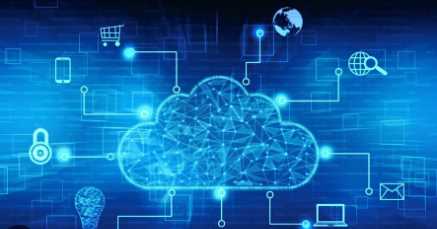The history of information technology is quite old. Information technology has essentially been for as long as there have been people because there have always been means of communicating through technology.
The history of information technology can be divided into four primary eras. Only the most recent (electronic) and some electromechanical eras have had a significant impact on us today, but it is still necessary to understand how we arrived at the technological state we are in now.
Prior to mechanical
The history of information technology goes back to the pre mechanical era. The period between 3000 B.C. and 1450 A.D. can be defined as it. We are discussing a really distant time period. When people initially tried to communicate, they tried to do so through language or through straightforward graphic drawings known as petroglyphs, which were typically carved in rock.
The Phoenician alphabet is one example of an early alphabet.Pens and paper were first invented as alphabets spread and more people started recording their thoughts on paper. Wet clay was initially used only for markings, but later, papyrus plant fibres were used to make paper.
The Chinese made paper from rags, which was perhaps the most widely used type of paper produced.Since people were now recording a lot of information, they needed a mechanism to store it all permanently. The first books and libraries. Egyptian scrolls were a common means to record information and save it, as you've surely heard. A few groups of individuals were actually binding pieces of paper together to create books.
The earliest numbering systems were developed around this time as well. Indians invented the first 1–9 system sometime in the first century AD. The number 0 wasn't created until 875A.D., which was 775 years later. Calculators were developed because people wanted to do things with numbers once they had been established. The very first indication that an information processor existed was a calculator.
Mechanical
Our current technology's ties to its predecessors first become apparent throughout the mechanical age. The period between 1450 and 1840 is referred to as the mechanical age. Currently, there is a huge increase of interest in this field, leading to the development of many innovative technologies.
There have been inventions of many technologies, such as the slide rule, an analogue computer used for division and multiplication. A highly well-liked mechanical computer was created by Blaise Pascal and named the Pascaline. To tabulate polynomial equations using the finite difference approach, Charles Babbage created the difference engine.
Electromechanical
Recently, several technologies that mimic our current technology have finally come into reach. The period between 1840 and 1940 is referred as as the electromechanical age. These are the early stages of communication. Early in the 1800s, the telegraph was invented. In the year 1835, Samuel Morse developed the Morse code.
Alexander Graham Bell invented the telephone in 1876, which has become one of the most widely used ways of communication ever. By Guglielmo Marconi in 1894, the first radio was created. These were all incredibly important emerging technologies that helped the information technology industry make significant strides.
Digital
We are currently living in the electronic age. You might think of it as the period from 1940 until the present. The ENIAC was the first high-speed digital computer that could be reprogrammed to address a broad range of computing issues. The U.S. Army was given this computer to use for artillery shooting tables.
This machine, which took up 680 square feet and weighed 30 tonnes, was much larger than the Mark 1. It is calculated primarily using vacuum tubes. Digital computing is divided into 4 primary categories. The first was the period of punch cards and vacuum tubes, which included devices like the ENIAC and Mark 1. Internal storage was done with rotating magnetic drums.
The second generation switched from vacuum tubes to transistors, from punch cards to magnetic tape, and from rotating magnetic drums to magnetic cores for internal storage. At this period, high-level programming languages like FORTRAN and COBOL were also developed.
In the third generation, integrated circuits took the place of transistors, all computers used magnetic tape, and magnetic core was changed to metal oxide semiconductors. Around this time, the advanced programming language BASIC and a genuine operating system appeared. The fourth and most recent iteration introduced central processing units (CPUs) that combined memory, logic, and control circuits onto a single chip. The development of the personal computer (Apple II). It was created the graphical user interface (GUI).




Leave Comment